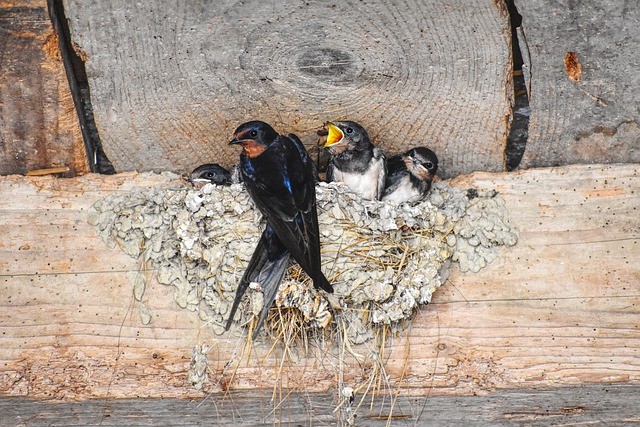After removing nuisance birds from your property, it is important to properly disposal of any captured or trapped birds. While releasing removed birds may seem like the humane option, it can actually cause more harm than good. Instead, local laws and health codes typically require properly handling and disposing of removed birds. This ensures safety from potential disease risks while avoiding reinfestations.
Misconception
It is that releasing trapped birds far away will solve the problem. However, many birds have strong homing instincts that allow them to navigate back to familiar areas. So rather than remain where released, nuisance birds often find their way back to the original infested property. This can contribute to ongoing cycles of infestation.
Instead of releasing trapped birds, proper disposal methods include burying, storing in sealed bags for trash collection or disposal through waste management services. If you have live trapped birds, often the most humane option is to euthanize them using approved methods like carbon dioxide gassing. While euthanizing birds may seem harsh, it allows for a swift and painless death, sparing the birds from suffering.
If you utilize a professional bird removal service, they will dispose of any captured birds according to local health codes. They have the training, tools and licensing needed to handle bird carcasses in a safe and legal manner. Professionals will also provide you with documentation stating that infested birds were properly disposed of to comply with regulations.
Regardless of disposal method, health experts recommend taking precautions when handling dead birds. Bacteria and viruses that birds can carry may remain active after death, potentially transmitting diseases like histoplasmosis, encephalitis and salmonella. Therefore, properly disposing of bird carcasses reduces risks to public health.
To dispose of dead birds yourself, first put on protective gear like gloves, coveralls and a mask. Then place the birds in sealable bags, double bagging if the first bag shows any signs of leakage. Twist the bags closed, securing the ties tightly to avoid spills. Dispose of bags with your regular outdoor trash on your garbage collection day. Avoid placing bags in outdoor trash bins where they might leak or be disturbed by other animals.
Equipment
Anyone used for transporting or removing live birds should also be thoroughly disinfected with a virucidal disinfectant. This includes live traps, nets, gloves and clothing. Make sure to wash your hands thoroughly after handling live or dead birds. Finally, inform your garbage collectors that the bags contain dead birds so they can handle them accordingly.
In summary, if left unchecked, improperly disposing of removed birds can contribute to ongoing infestations and pose risks to public health. Therefore, following proper disposal procedures helps ensure safety, compliance and humane solutions for nuisance bird removal. Whether you choose DIY removal and disposal or utilize professionals, safely handling and eliminating removed bird carcasses is crucial to effectively resolving infestations long-term.

